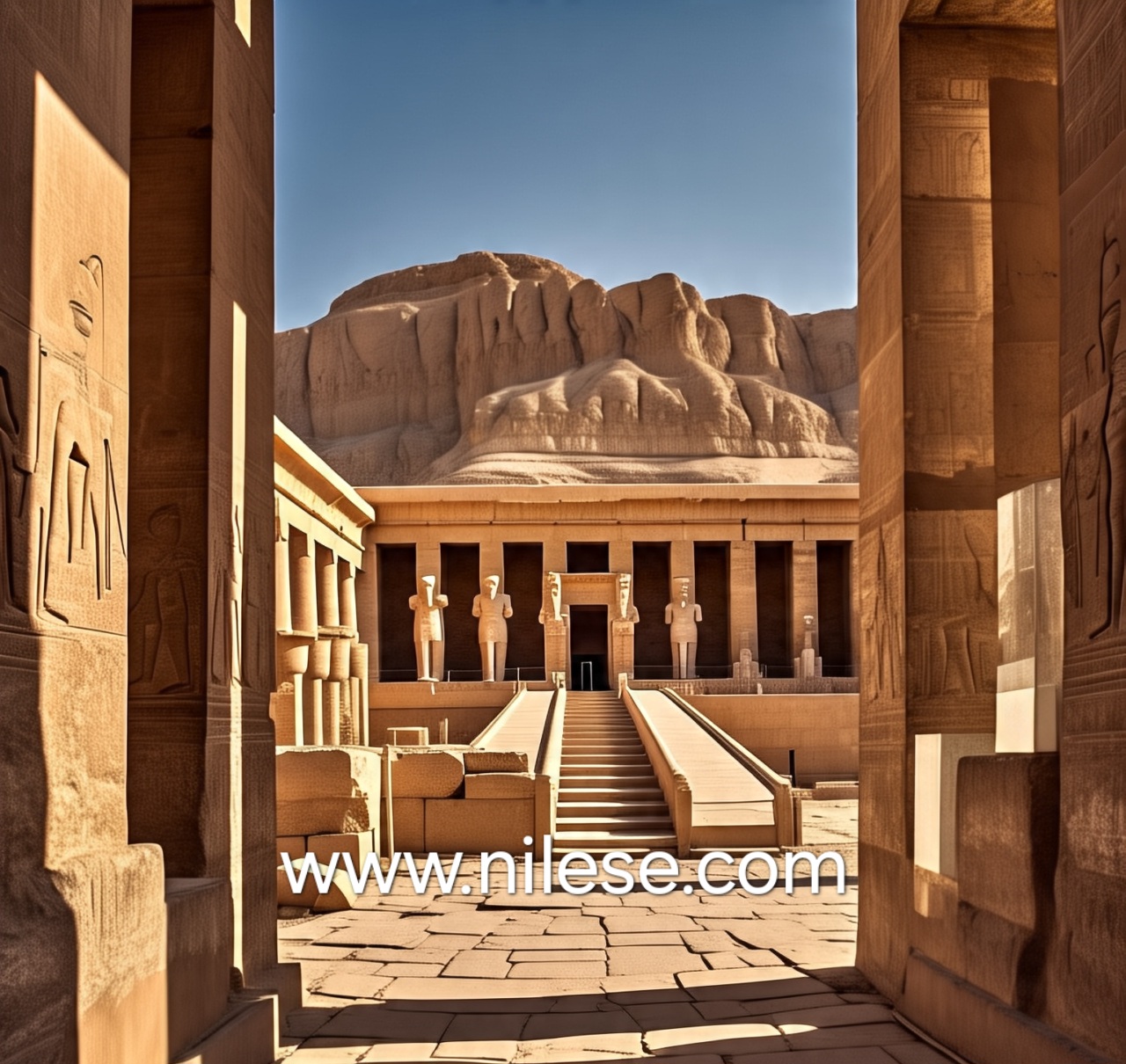Karnak Temple: A Majestic Ancient Egyptian Complex
Located in Luxor, Egypt, the Karnak Temple is one of the largest and most impressive ancient temple complexes in the world. Built over a period of 1,300 years, from 1500 BC to 200 BC, this magnificent structure is a testament to the grandeur and architectural prowess of ancient Egyptian civilization.
The temple complex is dedicated to the worship of the gods Amun, Mut, and Khonsu, and features a vast array of temples, chapels, and other structures. The complex is dominated by the Great Hypostyle Hall, built during the reign of Pharaoh Seti I (1290-1279 BC) and completed by his son Ramses II (1279-1213 BC). This hall features 134 columns, each adorned with intricate carvings and hieroglyphics.
The Karnak Temple has undergone numerous renovations and additions throughout its history. The earliest structures date back to the Middle Kingdom period (around 2000-1700 BC), while the majority of the complex was built during the New Kingdom period (around 1570-1085 BC). The temple was also expanded and renovated during the reign of Pharaoh Amenhotep III (1390-1352 BC) and other pharaohs.
One of the most notable features of the Karnak Temple is the Avenue of Sphinxes, a 3-kilometer-long processional road lined with sphinx statues. The temple complex also includes the Sacred Lake, a large artificial lake believed to be the site of ancient rituals and ceremonies.
The Karnak Temple has been designated as a UNESCO World Heritage Site since 1979, recognizing its cultural and historical significance. Today, the temple is one of Egypt’s most popular tourist destinations, attracting millions of visitors each year.
Visitors to the Karnak Temple can explore the vast complex, marveling at the intricate carvings, hieroglyphics, and imposing stone structures. The temple’s sheer scale and beauty make it an unforgettable experience, offering a glimpse into the grandeur and majesty of ancient Egyptian civilization.
The Karnak Temple is a testament to the enduring legacy of ancient Egypt, and its history and architecture continue to inspire wonder and awe in all who visit.


